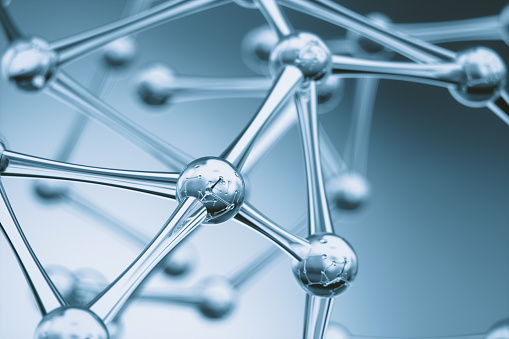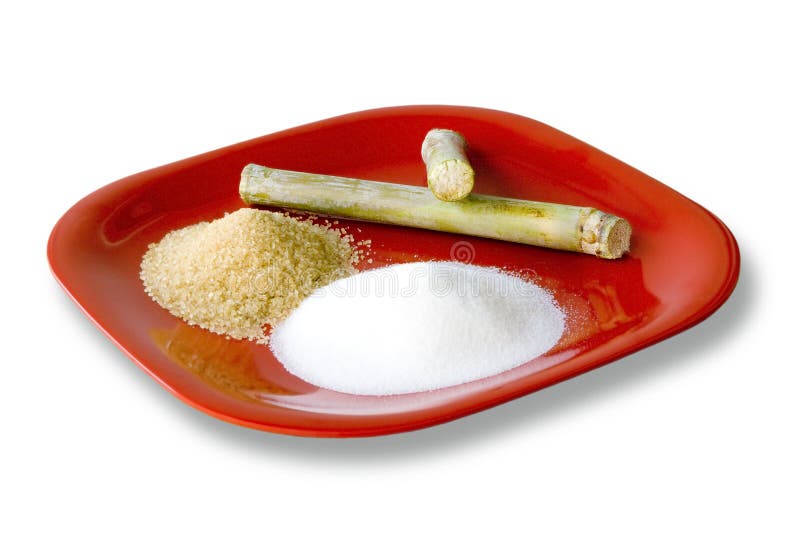The Journey of Sugarcane: From Harvest to Everyday Products
The trip of sugarcane is a multifaceted procedure that starts with thorough growing and culminates in a selection of items that penetrate our every day lives. From the minute the canes are harvested at their peak sucrose levels, they go through a series of intricate actions, including cleaning, crushing, and clarification. These procedures not just generate sugar however likewise open a series of spin-offs, such as ethanol and biodegradable product packaging materials. As we check out the various aspects of sugarcane's trip, its function in sustainability and the broader ramifications for our atmosphere entered into sharper focus. What lies past the sweet surface area?
Farming of Sugarcane
The cultivation of sugarcane is a vital farming procedure that needs particular environmental conditions and administration practices. Optimal development occurs in exotic and subtropical regions where temperatures vary in between 20 ° C and 32 ° C. Adequate rainfall or watering is crucial, as sugarcane prospers in wet soil with well-drained problems (sugarcane product). Soil top quality significantly affects return; hence, farmers frequently perform dirt examinations to determine nutrient demands
This technique promotes effective harvesting and maximizes sunlight exposure. Crop rotation and intercropping are advised techniques to boost dirt fertility and reduce bug invasions.
Fertilizing is an additional critical element, with potassium, nitrogen, and phosphorus being the primary nutrients needed for optimal growth. Prompt application of these plant foods can substantially enhance sugar returns. In addition, keeping an eye on for conditions and parasites throughout the expanding period is necessary, as these aspects can detrimentally impact crop wellness and performance. On the whole, effective sugarcane growing pivots on a combination of environmental stewardship, calculated preparation, and recurring management techniques.
Collecting Strategies
Effective sugarcane cultivation finishes in the collecting phase, which is essential for maximizing return and ensuring top quality. The timing of the harvest is critical; sugarcane is usually gathered when sucrose levels height, generally in between 10 to 18 months after planting. This period varies based on climate, soil type, and sugarcane selection.
Gathering strategies can be generally classified into handbook and mechanical techniques. Manual harvesting is labor-intensive, counting on experienced workers who utilize machetes to cut the stalks short. This method allows for discerning harvesting, where only the ripest canes are selected, therefore boosting overall sugar content.
On the other hand, mechanical harvesting has actually obtained appeal due to its performance and cost-effectiveness. Specialized harvesters outfitted with reducing blades and conveyor systems can refine large locations rapidly, significantly lowering labor prices. Nonetheless, this approach may result in the incorporation of premature canes and a prospective decline in sugar top quality.

Despite the method utilized, ensuring that gathered canes are transported quickly to processing centers is important. Prompt taking care of lessens spoilage and preserves the honesty of the sugarcane, setting the stage for optimum handling.
Processing Methods
Handling sugarcane includes numerous essential steps that change the collected stalks right into functional products, mainly sugar and molasses. The initial phase is washing the walking stick to eliminate dirt and particles, complied with by the extraction of juice with squashing or milling. This process generally uses heavy rollers that damage the cane fibers to launch the check it out wonderful liquid included within.
Once the juice is removed, it undertakes explanation, where contaminations such as dirt bits and bagasse are eliminated. This is typically attained by adding lime and heating up the juice, enabling sedimentation. The clarified juice is then concentrated via dissipation, where water material is decreased, leading to a thick syrup.

Ultimately, the handling of sugarcane not just produces sugar and molasses yet likewise lays the foundation for numerous derivatives, which will be explored in succeeding discussions.
Products Derived From Sugarcane
Sugarcane is a functional plant that generates a wide selection of items beyond simply sugar and molasses. Among the main spin-offs are ethanol and biofuels, which have gained importance as renewable resource resources. Ethanol, produced with the fermentation of sugarcane juice, works as an alternate to fossil fuels and is commonly mixed with gas to produce cleaner-burning gas, reducing greenhouse gas discharges.
Furthermore, sugarcane is a significant resource of bagasse, the fibrous residue staying after juice extraction. Bagasse is made use of in numerous applications, consisting of the production of paper, biodegradable product packaging, and as a biomass fuel for energy generation. Its usage not only lowers waste but also enhances the sustainability of sugarcane handling.
Moreover, sugarcane-derived items include the food industry, where it works as an all-natural flavoring representative and sweetener in various cooking applications. In the world of cosmetics, sugarcane essences are incorporated right into skincare products due to their natural exfoliating properties.
Environmental Impact and Sustainability
The cultivation and handling of sugarcane have substantial ramifications for ecological sustainability. This crop needs significant water sources, often causing exhaustion of local water materials and influencing surrounding ecosystems. Additionally, the use of fertilizers and chemicals in sugarcane farming can cause dirt destruction and waterway contamination, presenting dangers to biodiversity.

Lasting sugarcane farming also promotes dirt health and wellness with plant turning and minimized tillage, enhancing carbon sequestration. The adoption of these practices not just supports environmental stability yet likewise boosts the durability of farming communities versus climate change.
Verdict
In summary, the trip of sugarcane encompasses numerous phases from growing to handling, inevitably resulting in a vast array of items. The importance of sugarcane expands past mere sweeteners, adding to renewable resource through ethanol production, lasting product packaging through bagasse, and natural removes for cosmetics. This diverse crop plays a vital duty in both nutritional enrichment and environmental sustainability, highlighting its value in contemporary agricultural and industrial methods.
Successful sugarcane farming culminates in the collecting stage, which is pivotal for taking full advantage of return and making certain quality. The timing of the harvest is critical; sugarcane is commonly gathered when sucrose degrees top, usually in between 10 to 18 months after growing.Processing sugarcane includes several critical actions that transform the harvested stalks right into functional items, mainly sugar and their website molasses.Sugarcane is a flexible crop that generates a vast selection of products beyond simply sugar and molasses. Furthermore, the usage of plant foods and pesticides in sugarcane farming can result in soil deterioration and river pollution, posing dangers to biodiversity.